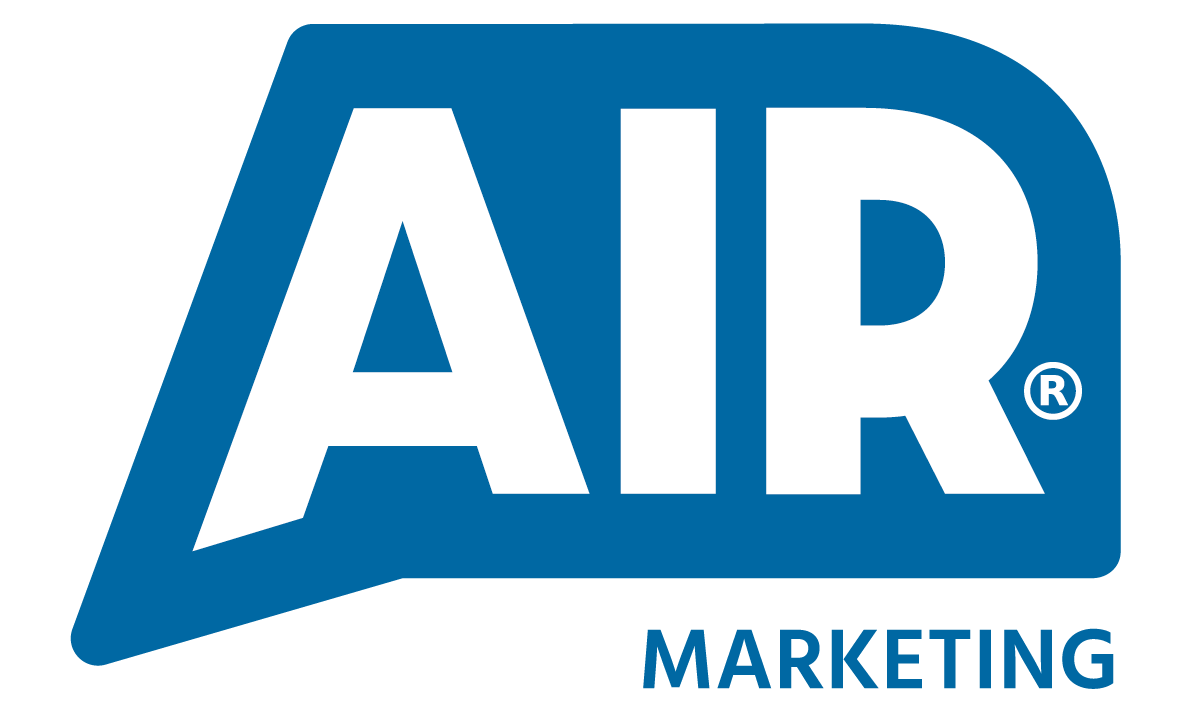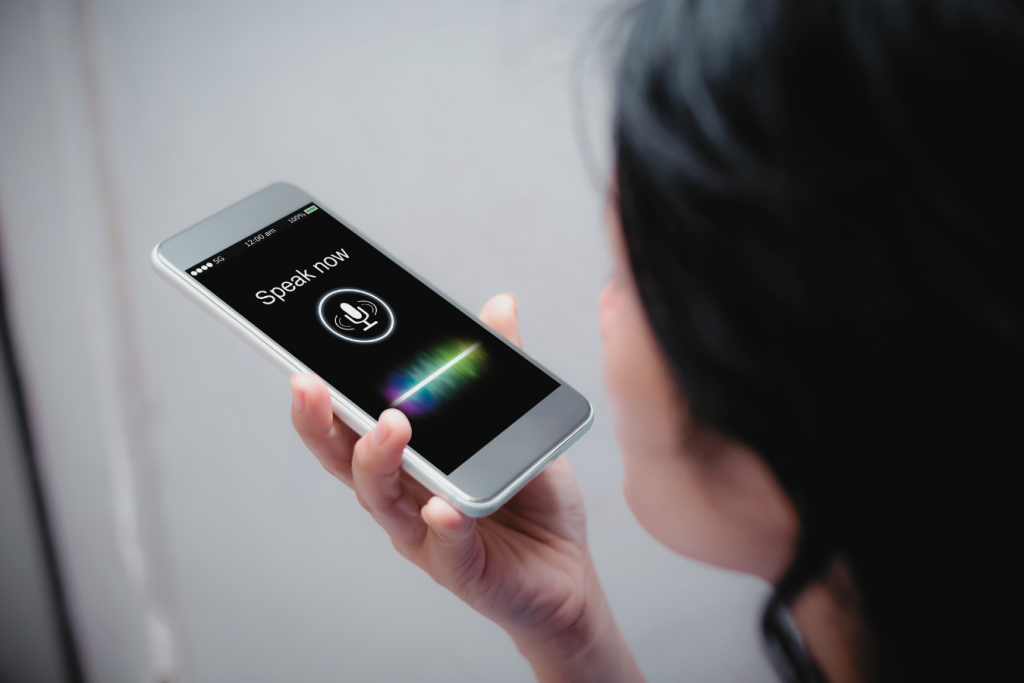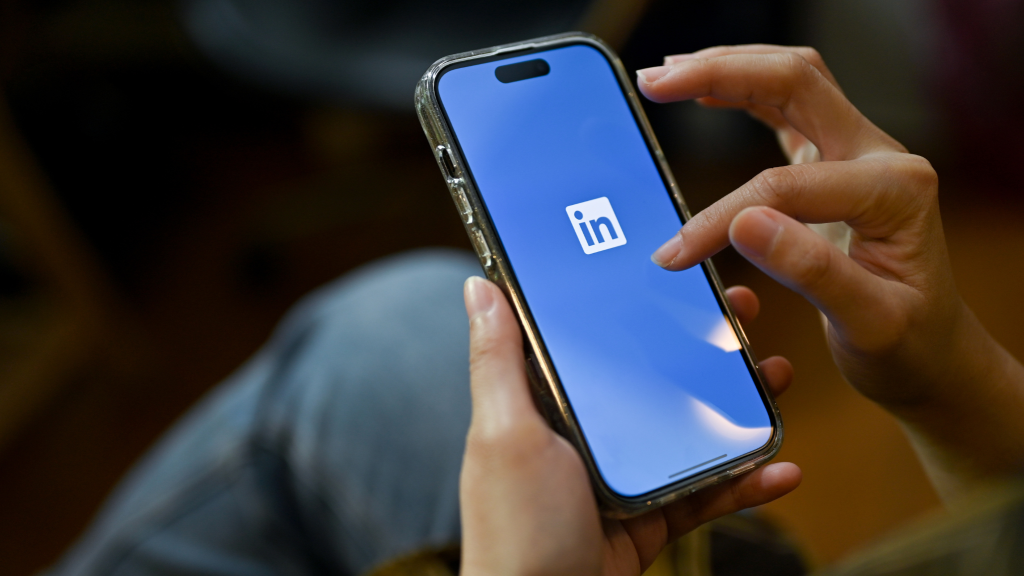In the highly competitive utilities market, many sales teams feel pressured to lower prices just to secure contracts. Procurement departments often prioritise cost-cutting, making it difficult to showcase the true value of a service. However, competing on price alone erodes profitability and turns services into commodities. Instead, utility providers must adopt smarter sales strategies – focusing on value-based selling, service excellence, and long-term partnerships. At Air Marketing, we help sales teams win more contracts without sacrificing margins.
Value-Based Selling: Shifting the Conversation
Price-driven sales often overlook the bigger picture: the long-term benefits a provider can offer. Value-based selling shifts the conversation from cost to impact.
- Highlight Total Cost of Ownership (TCO) – Instead of focusing on the upfront price, emphasise the long-term savings your service provides, such as efficiency gains, reduced downtime, or sustainability benefits.
- Showcase ROI – Use case studies and data-driven insights to demonstrate how your services have delivered measurable results for similar businesses.
- Customise Solutions – Tailor your proposal to address the prospect’s unique needs, proving that your offering provides more than just basic utilities.
- At Air Marketing, we train sales teams to craft compelling value propositions that resonate with B2B decision-makers.
Service Excellence: A Key Differentiator
Utility contracts are about more than just price – they’re about reliability, customer support, and operational efficiency. Many B2B buyers are willing to pay more for a provider they can trust.
- Guarantee Reliability – Highlight your track record for service uptime, response times, and proactive issue resolution.
- Offer Superior Customer Support – Show how your dedicated account management, fast response times, and proactive service can reduce operational stress for the buyer.
- Use Client Testimonials – Leverage existing happy clients to reinforce your reputation for quality and dependability.
- By emphasising service excellence, utility providers can create a strong case for why their offering is worth the investment.
Strategic Negotiation: Controlling the Sales Process
Effective negotiation isn’t about conceding on price – it’s about steering the conversation toward mutual benefit.
- Anchor on Value, Not Cost – Open negotiations by reinforcing the benefits of your service rather than justifying your price.
- Offer Tiered Pricing Models – Providing flexible solutions with different service levels can help prospects find an option that meets their budget without requiring heavy discounts.
- Leverage Differentiators – Use exclusive benefits (e.g., energy efficiency solutions, compliance support, analytics) as negotiation tools to justify your pricing.
- At Air Marketing, we equip sales teams with the skills to navigate procurement conversations confidently, ensuring they retain control of the sales process.
Relationship Building for Long-Term Success
Winning contracts isn’t just about closing a deal – it’s about securing long-term partnerships that drive recurring revenue.
- Invest in Account Management – A strong post-sale experience leads to renewals and referrals, reducing the pressure to chase new business.
- Provide Ongoing Value – Regular check-ins, market insights, and proactive recommendations strengthen your position as a trusted advisor.
- Build Stakeholder Relationships – Engage multiple decision-makers within an organisation to ensure broader buy-in and reduce dependency on a single point of contact.
In a market dominated by price wars, utility providers must stand out through value-driven sales strategies. By focusing on value-based selling, service excellence, strategic negotiation, and long-term relationship building, sales teams can win more contracts without sacrificing margins. At Air Marketing, we provide expert sales support, coaching, and lead generation to help utility providers secure high-value contracts. If you’re ready to elevate your sales approach, get in touch with our team today.
Opinion piece by Account Director, Alex Burgess.

















